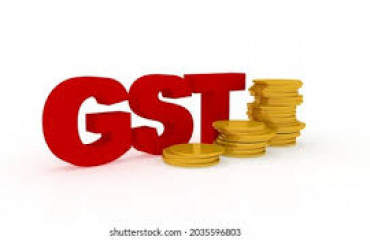
City gas distributors Indraprastha Gas Ltd (IGL) and Mahanagar Gas Ltd (MGL) have suffered two consecutive blows in a month. The government has reduced the supply of cheaper natural gas by 20% for IGL and 18% for MGL,effective 16November. This follows a previous reduction of 21% for IGL and 20% for MGL, effective 16 October.
City gas distributors Indraprastha Gas Ltd (IGL) and Mahanagar Gas Ltd (MGL) have suffered two consecutive blows in a month. The government has reduced the supply of cheaper natural gas by 20% for IGL and 18% for MGL,effective 16November. This follows a previous reduction of 21% for IGL and 20% for MGL, effective 16 October.
Cumulatively, the cut is around 36% each from the original allocation made a month ago, as the production of domestically supplied gas under the administrative price mechanism (APM) has declined. Consequently, MGL and IGL stocks have lost steam, falling14%and20%, respectively over the last two trading sessions.
The price and source from which these companies meet the shortfall are crucial now. For perspective, APM gas is priced at $6.5 per mmbtu and non-APM domestic gas at $8-9 per mmbtu. Spot LNG is even higher at $14 per mmbtu. In the September quarter (Q2FY25), while IGL's gas sourcing consisted of 50% APM gas, for MGL it was 71% given theformer's larger sales volume.
To maintain FY25 Ebitda margin guidance of ₹6- ₹7 per standard cubic meter (scm), IGL will have to raise the price of compressed natural gas (CNG). The management had indicated an increase of ₹5-6 per kilogram after the first reduction of 21% in October. This should rise further after the second cut in APM gas supply, assuming the usage of regasified LNG bought from short-term tendering.
MGL's guided range of Ebitda per scm of ₹10-12for FY25is also at risk if it doesn't increase prices or find cheap natural gas supply. IGL's relatively lower base margins than MGL means it needs to hike prices more desperately than MGL.
The price increase may need to be smaller as the government could provide some support in the form of either lower excise duty or putting it under the GST regime. Currently, the central government levies a 14% excise duty on CNG. As the government wants to increase the share of natural gas in the total energy basket from 7% at present to 15% by 2030, some relief on the excise duty front cannot be ruled out.
Also Read: Growth concerns: Analysing MGL's investor sentiment
CNG vs traditional fuels
But is it possible to maintain Ebitda margin without sacrificing volumes to alternative fuels such as petrol and diesel? Understanding the economics of fuel becomes important here. Petrol and diesel are sold in litres and CNG in kilogram. Currently, CNG is priced cheaper compared to petrol and diesel by at least 10-15%, with some variation in Delhi, Uttar Pradesh and Haryana, where the IGL has its operations.
For MGL, which mainly operates in Mumbai and Thane, CNG's discount to petrol and diesel is in the range of 10-20%. Even if all three are priced at the same level, CNG still offers advantages of relatively clean fuel and operational efficiency in terms of higher mileage.
Meanwhile, IGL and MGL managements have stated that they are evaluating price hikes for CNG, but have not finalized anything so far. The uncertainty keeps these stocks exposed to further earnings downgrades.In CY24 so far, MGL's stock is down 6%, while IGL has declined 23%.
There is a lurking threat from electric vehicles and concerns over sustainability of margins remains. On the other hand, if these companies can source natural gas on a long-term basis, either from non-APM blocks domestically or from imports, there is potential for some revival in stocks.
